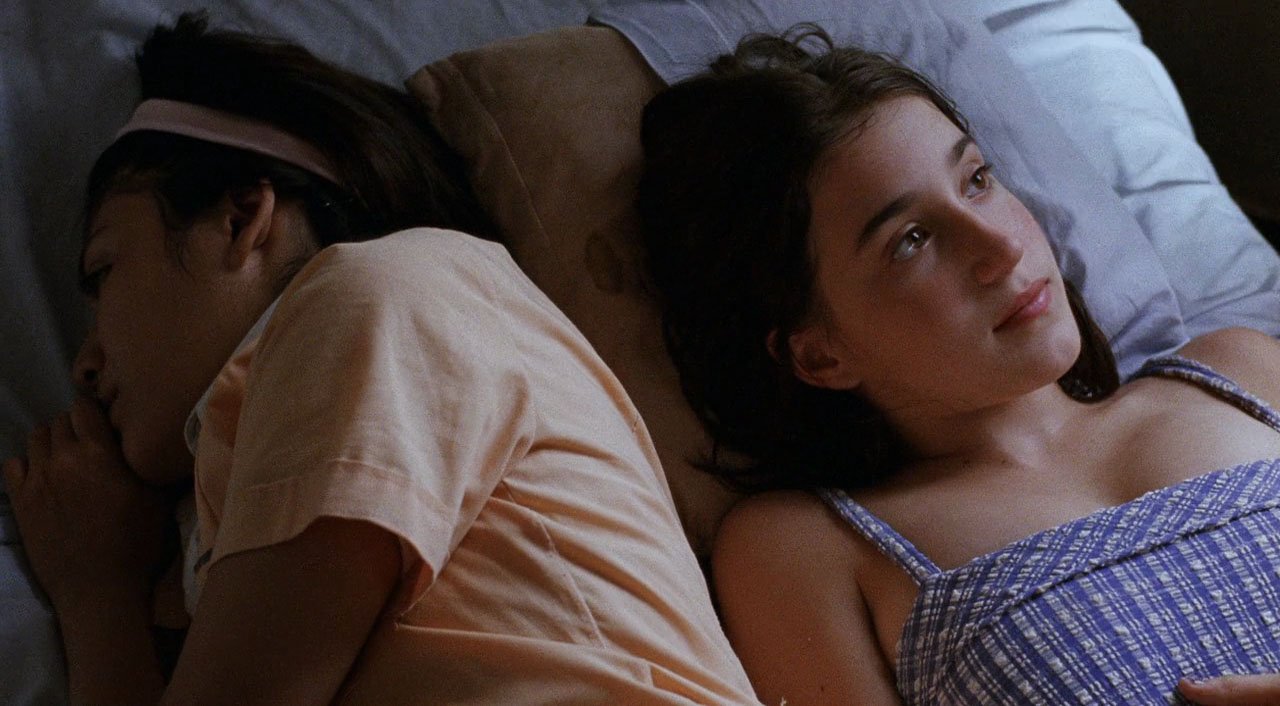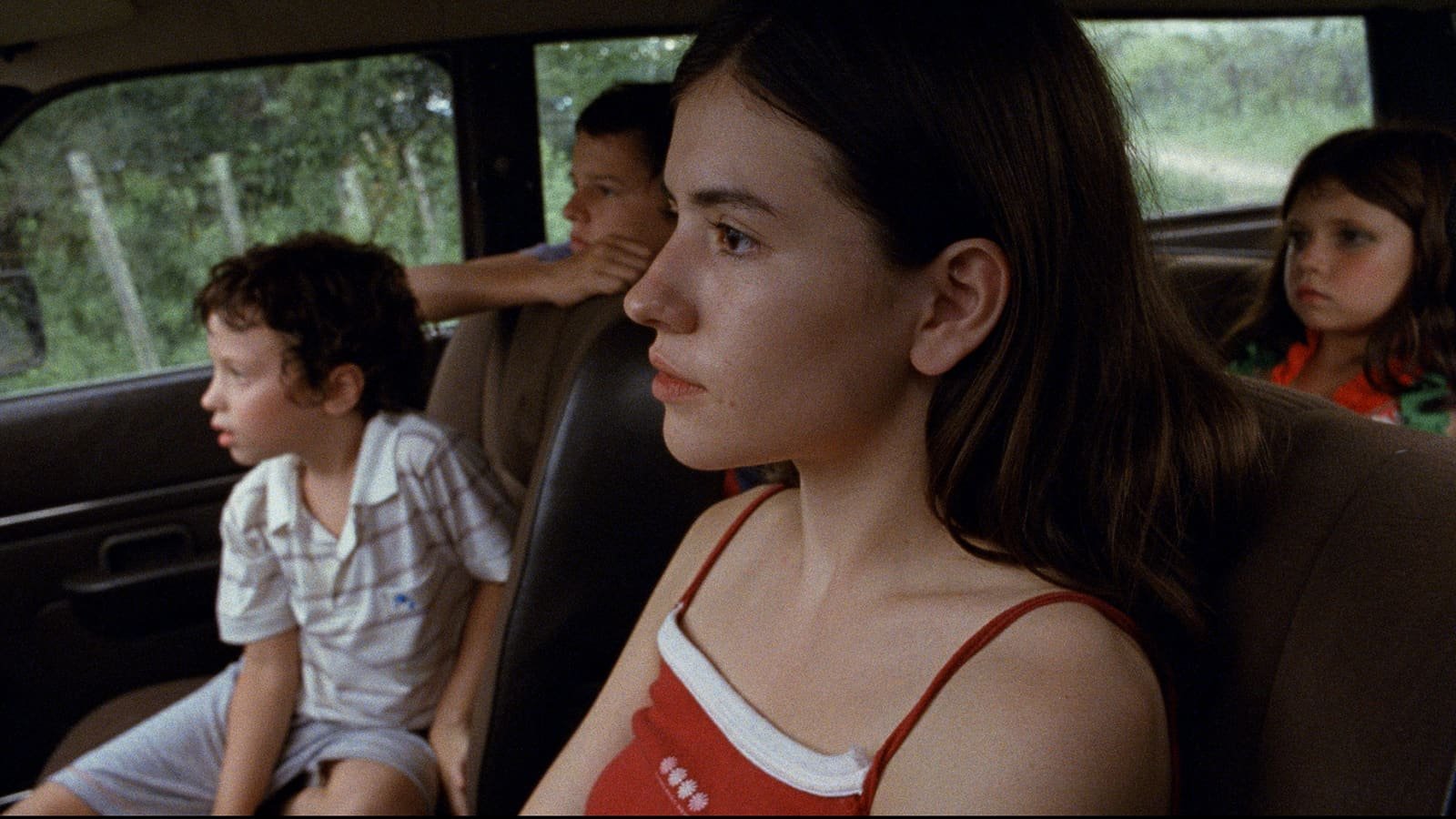The Hideous Side of the Swamp: La Ciénaga (2001)
The late 90s were a transformative period for Argentina. The Great Depression caused the economy to shrink profusely, pushing over half of the population below the poverty line and causing a high degree of social unrest.
El Nuevo Cine Argentino (“New Argentine Cinema”) developed around that same time, a new cinematic movement that marked the use of new forms of narration and a clear depiction of the socio-economic crisis haunting the country at the time.
On the front lines of this movement was Lucrecia Martel, one of the most widely known Latin-American filmmakers. Most of her work is characterized by its anarchic plotlines and its bold portrayal of class, gender, and race.
Her first feature-length film, La Ciénaga (2001), follows the lives of two families in northern Argentina. On one side we have Mecha, who is resting from a recent fall at her vacation home with her husband and kids. And on the other, Tali, Mecha’s almost cousin, who comes to visit Mecha with her children.
Martel undoubtedly places the women at the forefront of this film’s narrative, but don’t be fooled into thinking it is a feel-good female heroine story – it’s actually quite the contrary. Mecha, although the head of the family, is stuck with a deadbeat husband who says (maybe) three words throughout the entire movie and doesn’t care to fight back when she tells him to move into a different room of the house.
And although Tali’s husband contrastingly plays a caring and protective fatherly figure, she seems suffocated from her role as a submissive and obedient wife.
Two husbands that couldn’t be more different, but two wives caught in the same patriarchal family system.
The above-mentioned conflict, despite being a relevant one, represents perhaps a tenth of what the movie is about. Martel’s way of splitting up dialogue and storylines allows her to explore many themes and stories at the same time, touching on topics such as motherly neglect, race, and incest.
The film was critically acclaimed globally, referred to as “one of the highest achievements” of the New Argentine Cinema movement by scholars. And twenty years later, La Ciénaga remains one of its kind.
The confusing and claustrophobic nature of the film – dare I say - is genius, and it will almost surely leave you wanting more from her. Or at least it did for me.
To anyone who attempts to watch this movie expecting it to be straightforward… Well, it is unnervingly easy to get lost and have no idea what is going on: Martel is hardly interested in presenting us with a clear narrative.
The plot, while chronologically linear, doesn’t follow a straight storyline. The director gives us glimpses of conversations, interactions, and intimate moments to form a not-so-clear telling of the characters’ lives.
Chicago Sun-Times film critic Roger Ebert described the experience of watching the movie as “attending a family reunion when it’s not your family and your hosts are too drunk to introduce you around”.
WATCHING THIS MOVIE IS LIKE ATTENDING A FAMILY REUNION WHEN IT’S NOT YOUR FAMILY AND YOUR HOSTS ARE TOO DRUNK TO INTRODUCE YOU AROUND
The first scenes of La Ciénaga show close-ups of wrinkly skin marked by years of neglect and sunbathing. Mecha drunkenly falls while holding glasses of wine, and the other adults in the scene are either too inebriated or too indifferent to help. Unable to move, Mecha stays on the floor until eventually one of her kids insists on rushing her to the hospital.
At this point, we barely know any of the characters by name, but the household dynamic is clear: a detached father, a dysfunctional mother figure, and feral children running wild.
Martel’s films can hardly be referred to as aesthetically pleasing, her scenes are often claustrophobic and eerie, her characters always seemingly trapped in a world of decay.
Most of the movie is set around Mecha’s vacation house in Salta, Argentina. The house itself is called La Mandragora (the Mandrake), the name of a poisonous plant, and is a clear foreshadowing of the setting of the house.
The estate is in poor condition, the pool looks like it hasn’t been cleaned in years while the wilderness is slowly acquiring more and more territory.
The title of the movie, which literally translates to the swamp, symbolizes the scenery of the movie as a whole: the air is warm, thick, and full of insects that fly around different rooms of the house as if there was something rotting inside.










